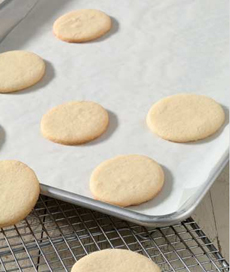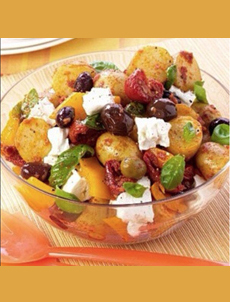ABOUT SUNDRIED TOMATOES
Sun-dried tomatoes are ripe tomatoes that have been sun-dried or oven-dried, causing most of the moisture to evaporate. The larger the tomato, the more moisture evaporates—up to 93%. As a result, it takes from 8 to 14 kilos of fresh tomatoes to make a single kilo of sundried tomatoes.
Originally made from red plum tomatoes, today sundried tomatoes are available in a assorted tomato varieties, colors and shapes (halves and julienne-cut, for example).
Naturally sundried tomatoes spend 4-10 days in the sun, and are usually pre-treated with sulfur dioxide, which prevents spoilage by bacteria and oxidation. No nutrition is lost in the drying process.
Sundried tomatoes may also be preserved in olive oil, along with other ingredients such as rosemary, basil, dried paprika, and garlic.
Sundried tomatoes are a boon when vine-ripened tomatoes are out of season. But they also work year-round in recipes where ripe, raw tomatoes don’t fit as well.
Bella Sun Lucie has a robust line of sundried products, made from California-grown tomatoes:
Plain dried tomatoes, loose or packaged, halves or julienne-cut
Dried tomatoes with seasonings (Bella Sun Luci has julienne-cut varieties with oregano, basil and garlic and another with jalapeño chiles)
Tomatoes in olive oil: halves or julienne-cut, plain or with seasonings (Bella Sun Luci makes both cuts with Italian herbs)
Sun Dried Tomato Pesto with whole pine nuts
Sun Dried Tomato Bruschetta with Italian Basil
Sun Dried Tomato Risotto Mix
Purées and sundried tomato sauces are available from other manufacturers.
SUN-DRIED VS. SUNDRIED
The original, hyphenated, form of the word has evolved into a compound word (similar to web-site and website). Take your choice.
THE NIBBLE uses “sundried,” except when referring to products that are spelled “sun-dried” by their manufacturers.
|







